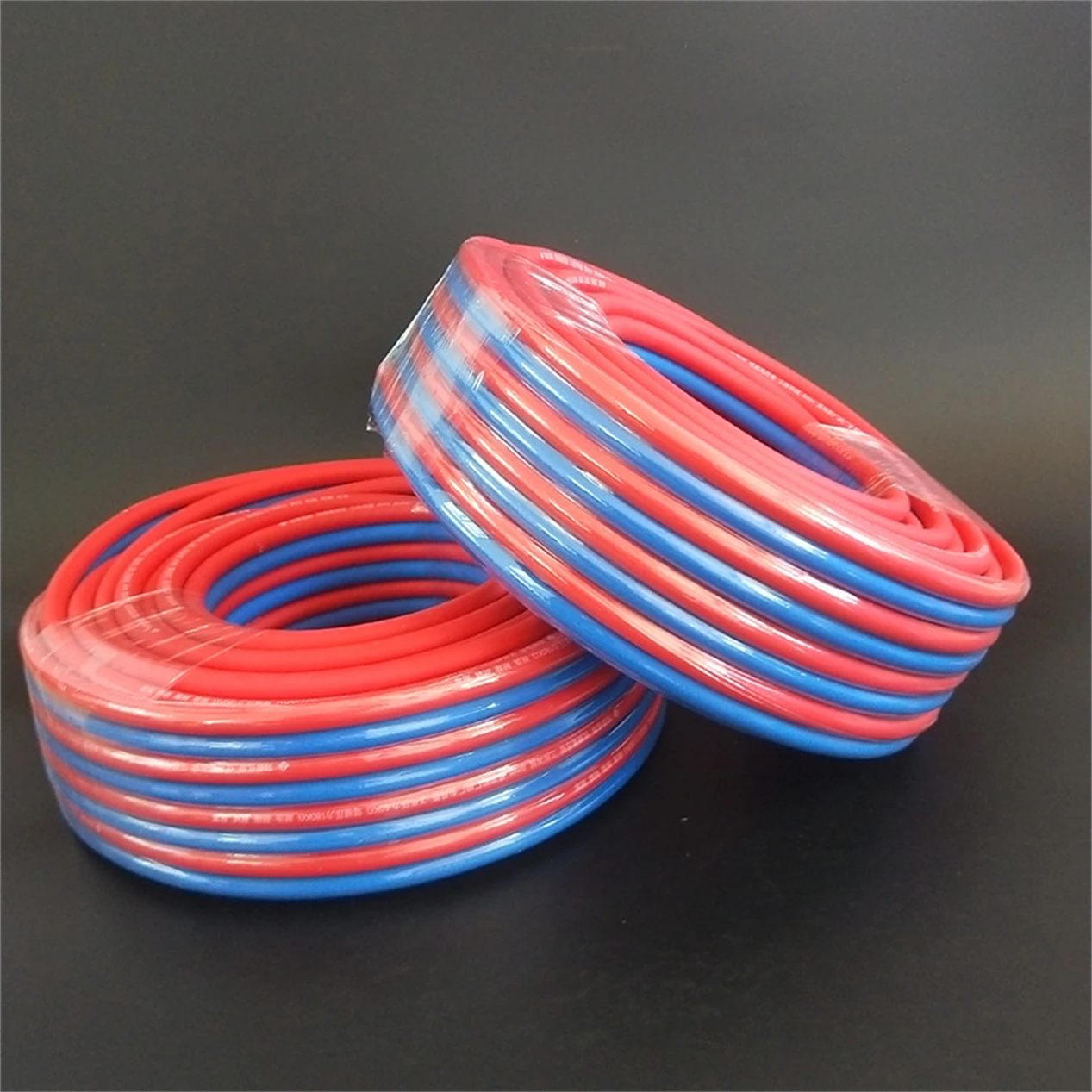high pressure lpg hose
High Pressure LPG Hose Understanding its Importance and Applications
Liquefied Petroleum Gas (LPG) has become a prevalent energy source in various applications, ranging from residential heating to industrial processes. However, the safe and efficient transportation of LPG relies heavily on the quality and capabilities of the hoses used in these systems. One crucial component in the LPG infrastructure is the high-pressure LPG hose. This article will explore what high-pressure LPG hoses are, their construction, applications, safety measures, and maintenance practices.
What is a High-Pressure LPG Hose?
High-pressure LPG hoses are specialized flexible tubes designed to transport liquefied petroleum gas at high pressures. They are made from durable materials that can withstand the stresses and strains associated with pressurized gas transportation. These hoses are engineered to handle specific working pressures, often ranging from several hundred to several thousand psi, ensuring that they remain intact under rigorous conditions.
Construction of High-Pressure LPG Hoses
The construction of high-pressure LPG hoses typically consists of three main components the inner tube, the reinforcement layer, and the outer cover.
1. Inner Tube The inner layer is designed to be resistant to both the chemical properties of LPG and the pressures it will encounter. Common materials include rubber or thermoplastic elastomers, which provide flexibility while maintaining strength.
2. Reinforcement Layer This layer is critical for maintaining the structural integrity of the hose under high pressure. It often includes braided steel wire or synthetic fiber, which adds tensile strength and helps prevent the hose from collapsing under pressure or bursting.
3. Outer Cover The outer cover protects the hose from environmental factors such as abrasion, UV radiation, and chemical exposure. This layer is typically made from a durable rubber or thermoplastic material.
Applications of High-Pressure LPG Hoses
High-pressure LPG hoses are used in various applications, including
- Industrial Operations Many manufacturing and processing facilities utilize high-pressure LPG for heating and energy generation. High-pressure hoses ensure that LPG is delivered safely and reliably to burners and boilers.
- Catering and Food Service Mobile catering units and food trucks often rely on high-pressure LPG hoses to operate grilling and cooking equipment. Their flexibility and durability allow for easy setup and breakdown.
- Residential Heating In some regions, LPG is used for heating homes
. High-pressure hoses connect storage tanks to heating systems, ensuring a steady supply of gas for efficient heating.high pressure lpg hose

- Agricultural Applications Farmers utilize high-pressure LPG hoses for greenhouse heating and as fuel for agricultural machinery, increasing productivity in the field.
Safety Measures
Given the flammable nature of LPG, safety is paramount when using high-pressure hoses. Here are several safety measures to consider
1. Regular Inspections Regularly check hoses for signs of wear, such as cracks, leaks, or abrasions. Any damaged hose should be replaced immediately to prevent accidents.
2. Proper Installation Ensure that hoses are installed correctly, with no twists or kinks that could impede gas flow or increase the risk of rupture.
3. Pressure Regulation Utilize pressure regulators to control the delivery of gas. This helps maintain safe operating pressures and minimizes the risk of over-pressurization.
4. Training Provide training for personnel handling high-pressure LPG systems. Understanding the risks and proper operational procedures is crucial for safety.
Maintenance Practices
Maintaining high-pressure LPG hoses is essential to prevent failures and ensure longevity. Some best practices include
- Storage Store hoses in cool, dry conditions away from direct sunlight to prevent degradation of materials.
- Cleaning Clean hoses regularly to remove dirt and debris, which can cause abrasion and damage over time.
- Documentation Keep records of inspections, maintenance, and any repairs made to the hoses. This can help identify patterns that may indicate potential issues in the future.
Conclusion
High-pressure LPG hoses play a vital role in the safe and efficient transportation of liquefied petroleum gas across various sectors. Understanding their construction, applications, safety measures, and maintenance protocols is essential for anyone involved in LPG systems. By prioritizing quality and safety, we can harness the benefits of LPG while minimizing risks.
-
Top Quality Oxy Acetylene Hoses for Sale Fit for Welding DemandsNewsJul.28,2025
-
The Future of Pneumatic Air Tubes in IndustryNewsJul.28,2025
-
Superior and Reliable LPG Hose Pipe Solutions for Every NeedNewsJul.28,2025
-
Exceptionally Durable and Versatile Premium Braided PVC TubingNewsJul.28,2025
-
Best Adapters for Connecting Garden Hose to PVC Pipe ConnectionsNewsJul.28,2025
-
The Essential Role of LPG Hoses in Safe and Efficient Gas DistributionNewsJul.16,2025














